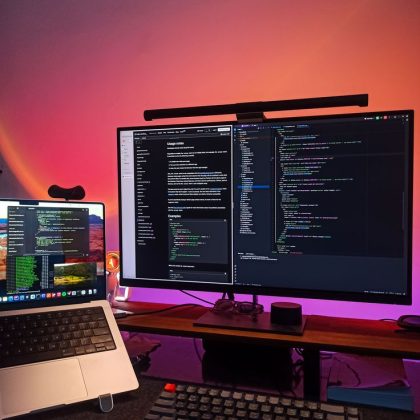Module 1: Introduction to Functions
- What are functions in programming?
- Definition of functions and their purpose in programming.
- Why functions are important for organizing code, reusability, and modular programming.
- Key concepts: parameters, return values, and function body.
- Basic structure of a function
- Syntax of a function declaration (function signature, parameters, return type).
- Example: creating a simple function that returns a greeting message.
- Understanding the flow: how functions are called and how they return control to the main program.
Module 2: Function Parameters and Return Values
- What are parameters?
- Explanation of parameters and arguments in functions.
- Difference between parameters (inputs to the function) and arguments (values passed to the function).
- How to pass parameters to a function
- Passing parameters by value: how the function works with a copy of the value.
- Example: creating a function that calculates the area of a rectangle with length and width as parameters.
- Return values from a function
- What does a return value mean in a function?
- How to return a value from a function using the
returnkeyword. - Example: writing a function to return the sum of two numbers.
Module 3: Types of Functions
- Built-in functions
- Explanation of built-in functions in programming languages (e.g.,
print,len,absin Python, etc.). - Examples of commonly used built-in functions and how to use them in your programs.
- Explanation of built-in functions in programming languages (e.g.,
- User-defined functions
- Creating custom functions that solve specific problems or tasks.
- Example: creating a function to check if a number is prime.
- Functions without return values
- Functions that perform tasks but don’t return any value (void functions).
- Example: creating a function that prints a message but doesn’t return anything.
Module 4: Function Scope and Lifetime
- Local and global variables
- Explanation of scope: the accessibility of variables inside and outside of functions.
- Local variables: variables declared inside a function.
- Global variables: variables declared outside of functions, accessible to all functions in the program.
- Understanding the lifetime of variables
- When does a variable exist in memory (from function call to function exit)?
- Example: how local variables are created and destroyed during function calls.
Module 5: Recursive Functions
- What is recursion?
- Introduction to recursive functions: functions that call themselves.
- Base case and recursive case: how recursion works and the importance of having a base case to stop recursion.
- How to create a recursive function
- Example: writing a function to calculate the factorial of a number using recursion.
- Example: creating a recursive function to calculate the Fibonacci sequence.
- When to use recursion
- Advantages and disadvantages of recursion.
- How recursion can simplify solving problems like tree traversal or searching through nested structures.
Module 6: Function Overloading and Default Parameters (Advanced)
- What is function overloading?
- Explanation of function overloading: defining multiple functions with the same name but different parameters.
- Example: how to write overloaded functions that perform different tasks based on the number or types of parameters.
- Default parameters
- What are default parameters and how they simplify function calls.
- Example: creating a function with default values for parameters when no arguments are passed.
Module 7: Lambda Functions (Anonymous Functions)
- Introduction to lambda functions
- What are lambda functions and when to use them.
- Syntax of a lambda function: a short function that can be written in one line.
- How to use lambda functions
- Example: writing a lambda function to square a number.
- Example: using lambda functions with higher-order functions like
mapandfilter.
Module 8: Best Practices and Common Mistakes
- Best practices for writing functions
- Keep functions focused on a single task (Single Responsibility Principle).
- Name functions clearly and consistently.
- Keep functions short and easy to read.
- Common mistakes to avoid
- Forgetting to return a value when it is needed.
- Using global variables unnecessarily inside functions.
- Misusing recursion or having an incorrect base case.
Module 9: Conclusion and Final Project
- Review of the material covered
- Recap of key concepts: function declaration, parameters, return values, scope, recursion, and lambda functions.
- Discussion of when and how to use different types of functions in programming.
- Mini-project:
- Build a project that involves multiple functions to solve a real-world problem. Example: create a program to manage a simple to-do list, with functions to add, remove, and display tasks.
- Example: create a program to compute the greatest common divisor (GCD) using recursion.
Additional Materials:
- Video tutorials: Videos that explain the concepts of functions with code demonstrations.
- Quizzes and assessments: Short quizzes after each module to test knowledge and reinforce the concepts.




Reviews
There are no reviews yet.